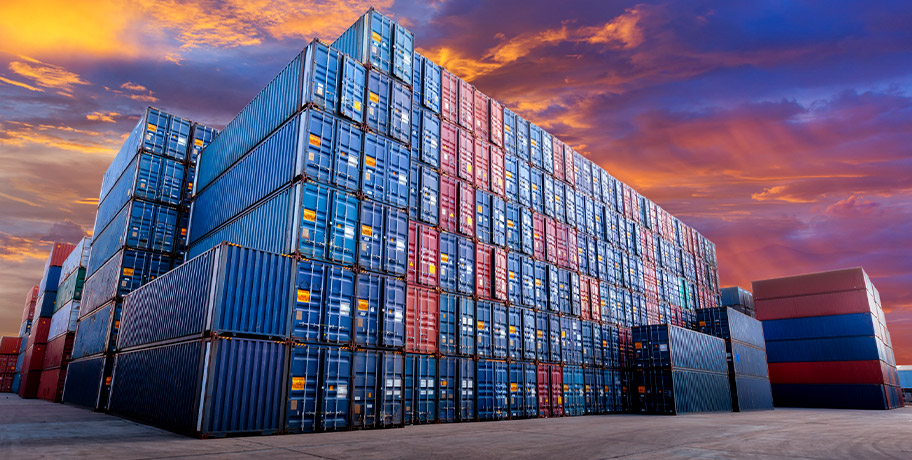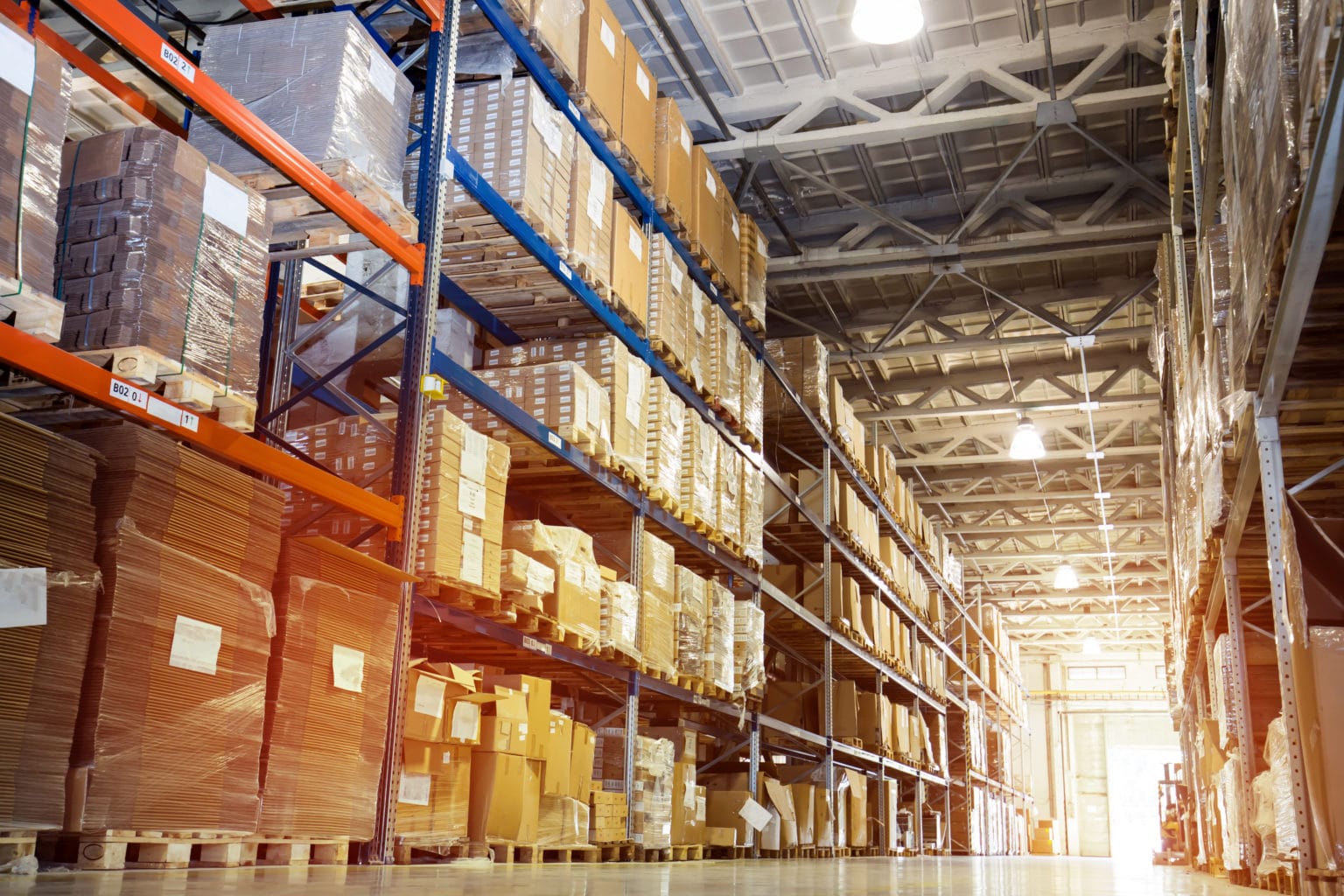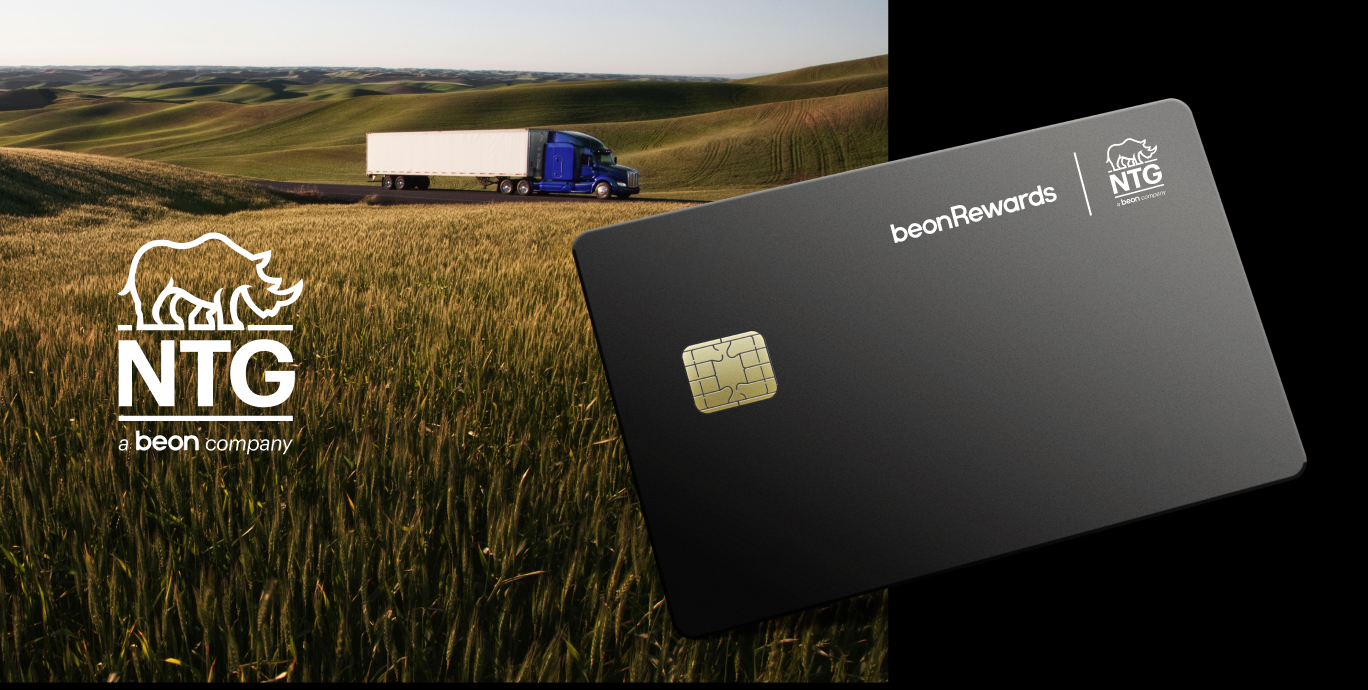A Complete Guide to Receiving LTL Freight Shipments
Aug 22, 2024
A Complete Guide to Receiving LTL Freight Shipments
If you’re expecting a less-than-truckload (LTL) freight shipment, it’s essential to be aware of the important steps to follow when receiving your delivery. By understanding these instructions, you can ensure a smoother process and minimize the risk of additional fees or complications. Here’s a comprehensive guide to help you navigate the receipt of your LTL freight shipment.
Thorough Inspection and Documentation
When your LTL freight arrives, the first step is to carefully inspect the shipment for any signs of damage or loss. It’s crucial to document any potential issues by noting them on the Proof of Delivery (POD) provided by the carrier. Whether it’s visible external damage, missing pieces or suspected internal damage, detailed documentation is imperative. Remember, failing to note any concerns on the POD can result in denial of claims for lost or damaged products.
If you suspect there may be internal damage and need more time to inspect the freight, indicating “Further Inspection Required” on the POD can provide you with the necessary time for a thorough examination.
Validate the Number of Pieces and Packaging
Verifying the exact number of pieces you are expecting to receive is essential. Whether it’s boxes on a pallet or individual items, ensure that the received quantity matches what you anticipated. Any discrepancies should be noted on the POD immediately to support any future claims for missing items.
Additionally, it’s critical to inspect the packaging for any signs of damage. If the packaging appears compromised or severe visible damage is evident, it is within your right to refuse the shipment. In the event of refusal, the carrier will return the freight to the terminal, offering an opportunity for the shipper to inspect the goods before advancing with a claim.
Record Additional Services
For deliveries involving additional services such as liftgate usage, inside delivery or special handling, it’s important to acknowledge and document these services on the POD. Being aware of any added services and their associated charges is crucial before signing the POD. By confirming the services provided, you can avoid unexpected fees and discrepancies post-delivery.
Sign and Print Clearly
To conclude the process, be sure to legibly sign and print your name on the POD. This clear documentation aids in accurately identifying the recipient of the freight, thereby reducing the likelihood of future issues related to claim filings.
In Summary
By following these guidelines for receiving LTL freight shipments, you can proactively protect your interests and facilitate the process of filing claims for any potential damage or loss. Remember, providing comprehensive information on the POD is always beneficial when dealing with freight deliveries.
In conclusion, thorough inspection, accurate documentation and clear communication with the carrier are essential components of a smooth LTL freight receipt process. By adhering to these instructions, you can navigate the intricacies of receiving LTL shipments with greater confidence and efficiency.
Click here to get your next LTL freight quote from NTG.
Recent Posts




